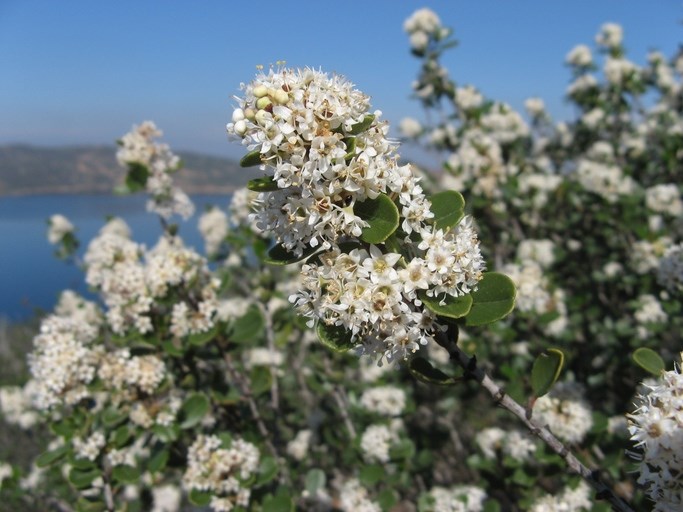
Fire plays a critical role in shaping the southern California landscape and when the conditions are right, it can cause vast ecological and financial damage. However, recent research has shown that this phenomenon has been a part of this landscape for millennia.
Despite its coastal location, which buffers the Point Loma peninsula from extreme drought and wind events that drive mega-fires in southern California, research has shown that wildfires did occur here in the past. We know this because the park flora contains several species that are fire-dependent. Fire-dependent species, like Ceanothus verrucosus, require fire for successful germination of their seeds. Given that this species is widespread across the peninsula suggests that in the past wildfires burned in Point Loma and propagated C. verrucosus. Examination of the seedbank of Cabrillo NM revealed several “fire following” species lying dormant and awaiting a fire to germinate.
While fire is relatively more frequent in the San Diego foothills and mountains (15-50 year intervals between fires), fire along the coast is thought to have substantially longer intervals (e.g. 100-250 years) between fires. Many of the fire dependent species along the coast are long-lived or have seeds that remain viable for centuries.
The lack of connectivity to other natural areas, surrounding urban development and the sensitive adjacent military structures has all but eliminated fire from the Point Loma ecosystem. Park managers and researchers are concerned that the lack of fire will result in the extirpation of several fire dependent species, some of which are considered rare and of special interest. |
Last updated: January 4, 2016
